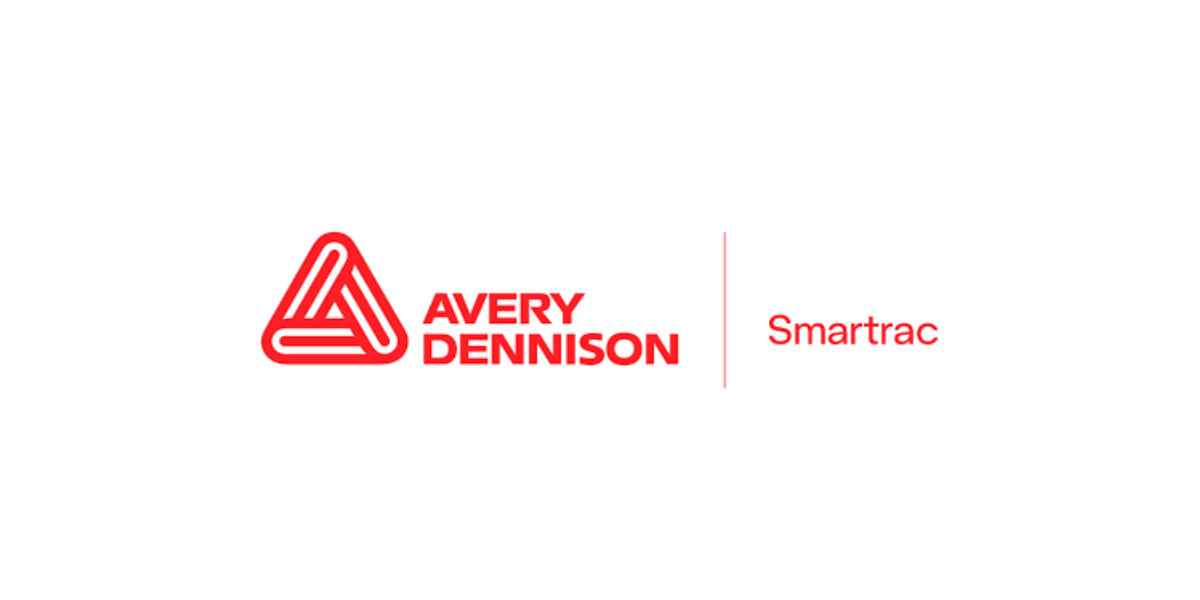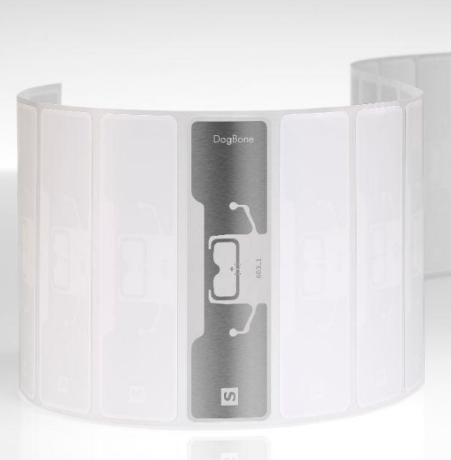AD Dogbone® M750 RFID Inlay
Advanced UHF RFID with Dual Memory Architecture for Complex Applications

Product Overview:
The Impinj M750 is a next-generation UHF RFID chip that builds on the success of the M730 but adds more flexibility and performance, especially for use cases that require user memory and enhanced encoding reliability. Featuring the advanced Impinj M750 IC with dual memory architecture, this inlay excels in challenging environments and on traditionally difficult-to-tag materials. The M750 is a RAIN RFID tag chip made by Impinj, part of the Monza® 700 series. It's designed for high-volume applications like retail, supply chain, and logistics.
Technical Specifications:
Why Choose Our M750 Solution?
- Has User Memory for storing extra data like location codes, timestamps, or custom info
- Improved write sensitivity → fewer encoding errors
- Better data integrity and tag validation support
- Suitable for future-proof RFID applications (e.g. item-level serialization, security tagging)

Key Benefits & Solutions

Enhanced Data Storage
Includes 32-bit user memory—ideal for storing custom data like serial numbers, timestamps, or product info.

Improved Encoding & Write Reliability
Superior write sensitivity reduces tag failures during encoding, boosting productivity in high-speed operations.

Future-Proof for Advanced Applications
Compliant with EPC Gen2v2 standards and designed to support security features and evolving RFID requirements.

Ready to Solve Your RFID Challenges?
Contact our RFID specialists today to discuss how our product dual memory architecture can enhance your tracking and identification applications.
Product codes:
- 3007480 (Dry)
- 3007969 (Wet)
- 3007482 (Label)
Get Started Today!
📞 Contact our technical consultation team
📧 Request samples for testing
📋 Custom your quotation based on your requirements

All specifications are subject to standard industry tolerances. Performance may vary based on application environment and conditions. Please consult with our technical team for application-specific guidance.*